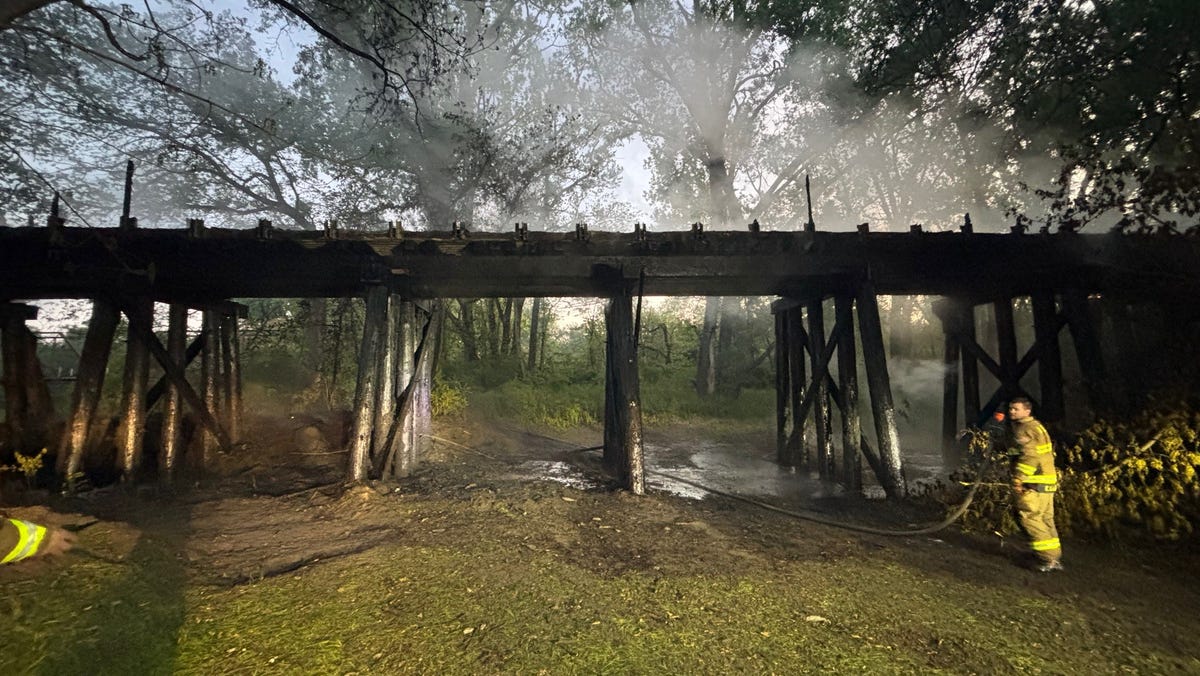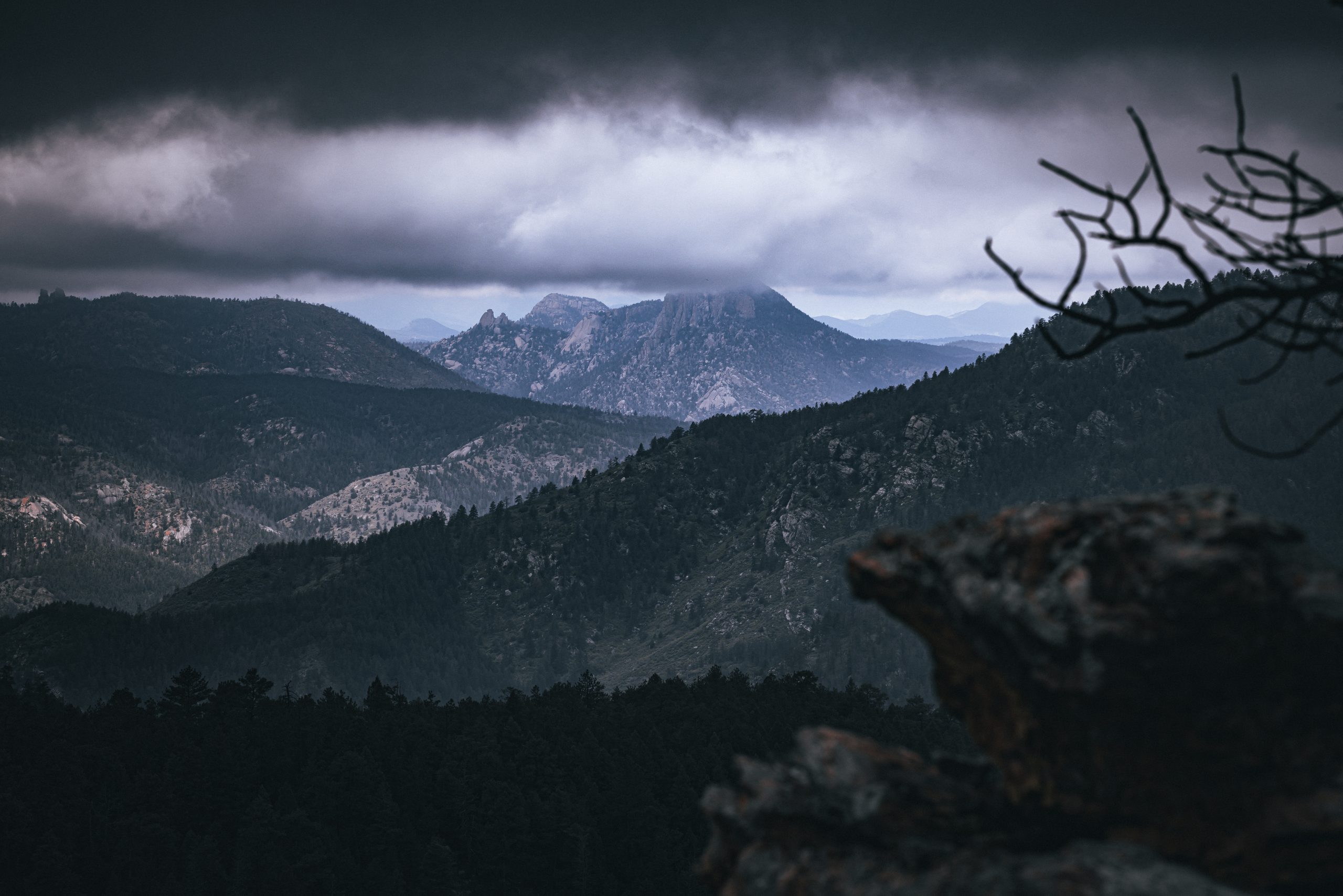🛞 Rolling the ADT: Your Complete Guide to Wheeled Pack Solutions
Mile 847. Your shoulders are screaming. Your hips ache. That 35-pound pack feels like it's gained weight with every step across Kansas farmland.
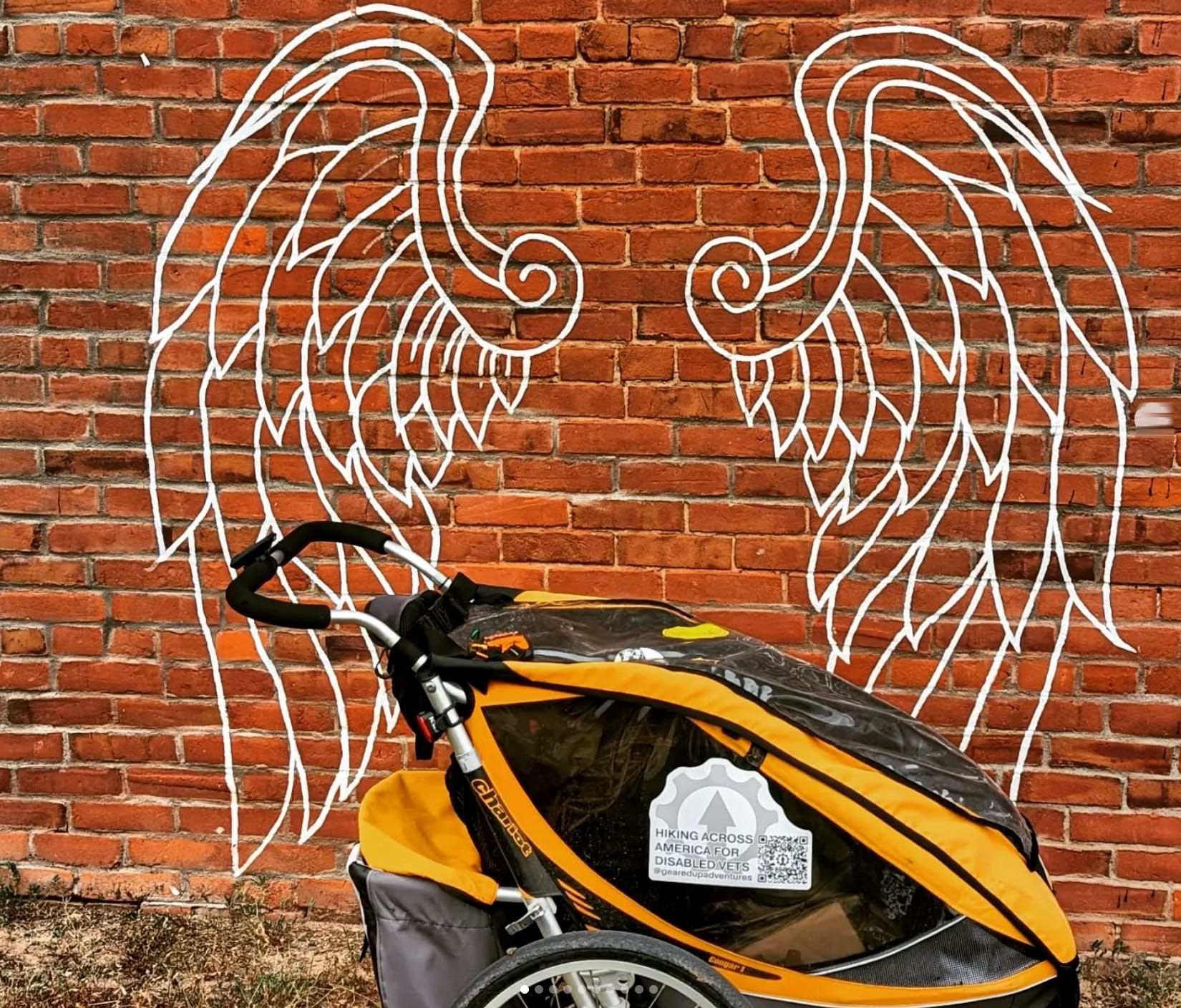
Sound familiar? 🥾
You're not the first American Discovery Trail dreamer to wonder: "What if I could roll some of this weight instead of carrying it all?" Some long-distance hikers are discovering wheeled pack solutions—and for good reason. But on a trail that spans 6,800 miles from Delaware's beaches to California's cliffs, the answer isn't simple.
Let's dive deep into when wheels work—and when they don't. 🧭

🎯 What Exactly Are Wheeled Pack Solutions?
Think of them as liberating your shoulders from tyranny! There are two main approaches to rolling your weight instead of carrying (most of) it:
Hiking Carts (Pull-Behind Style)
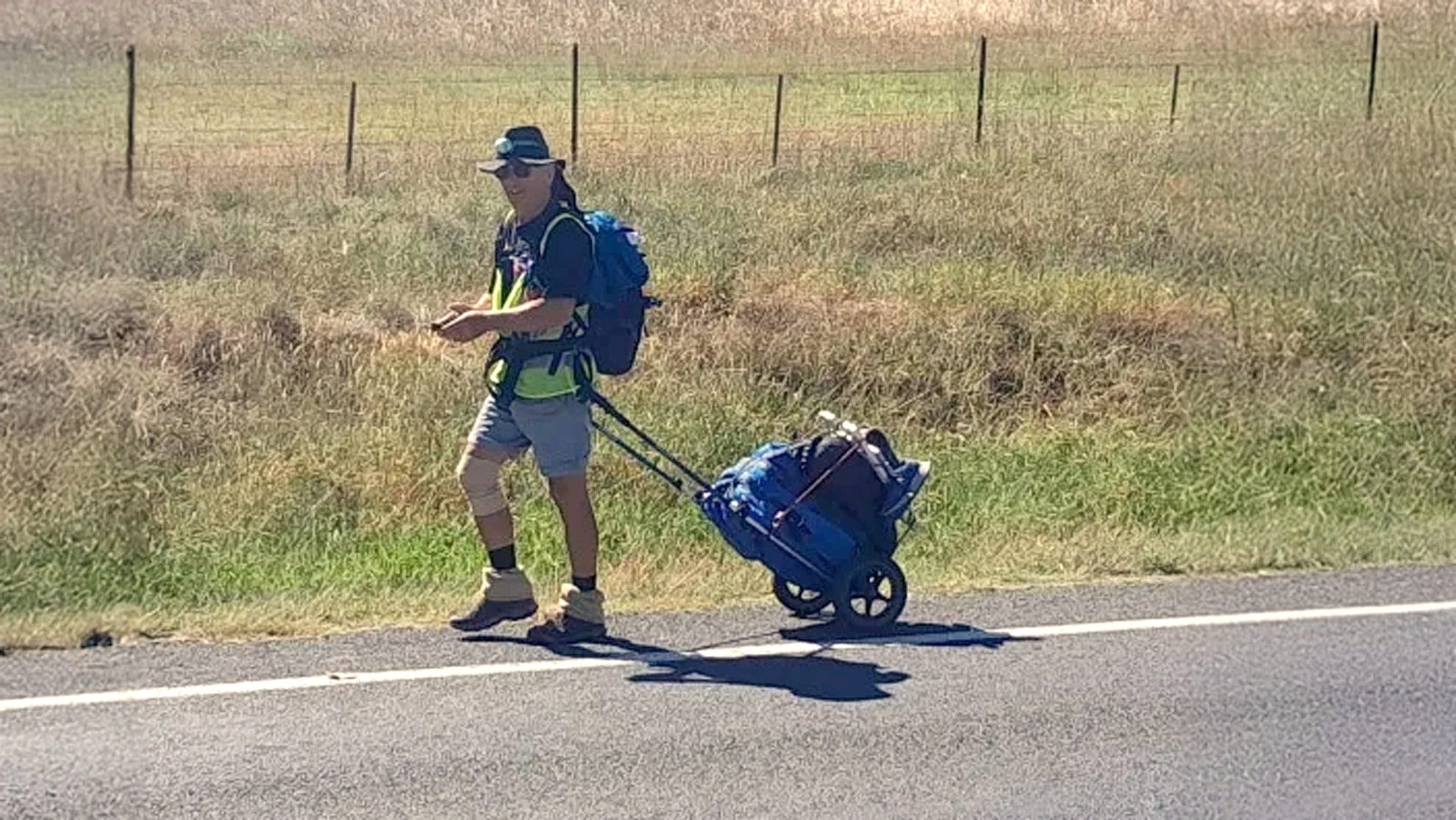
A two-wheeled, collapsible trailer that you pull behind you via a hip or waist harness. These work particularly well on long road-walking sections and smooth trail surfaces.
Hiking Strollers (Push-Ahead Style)
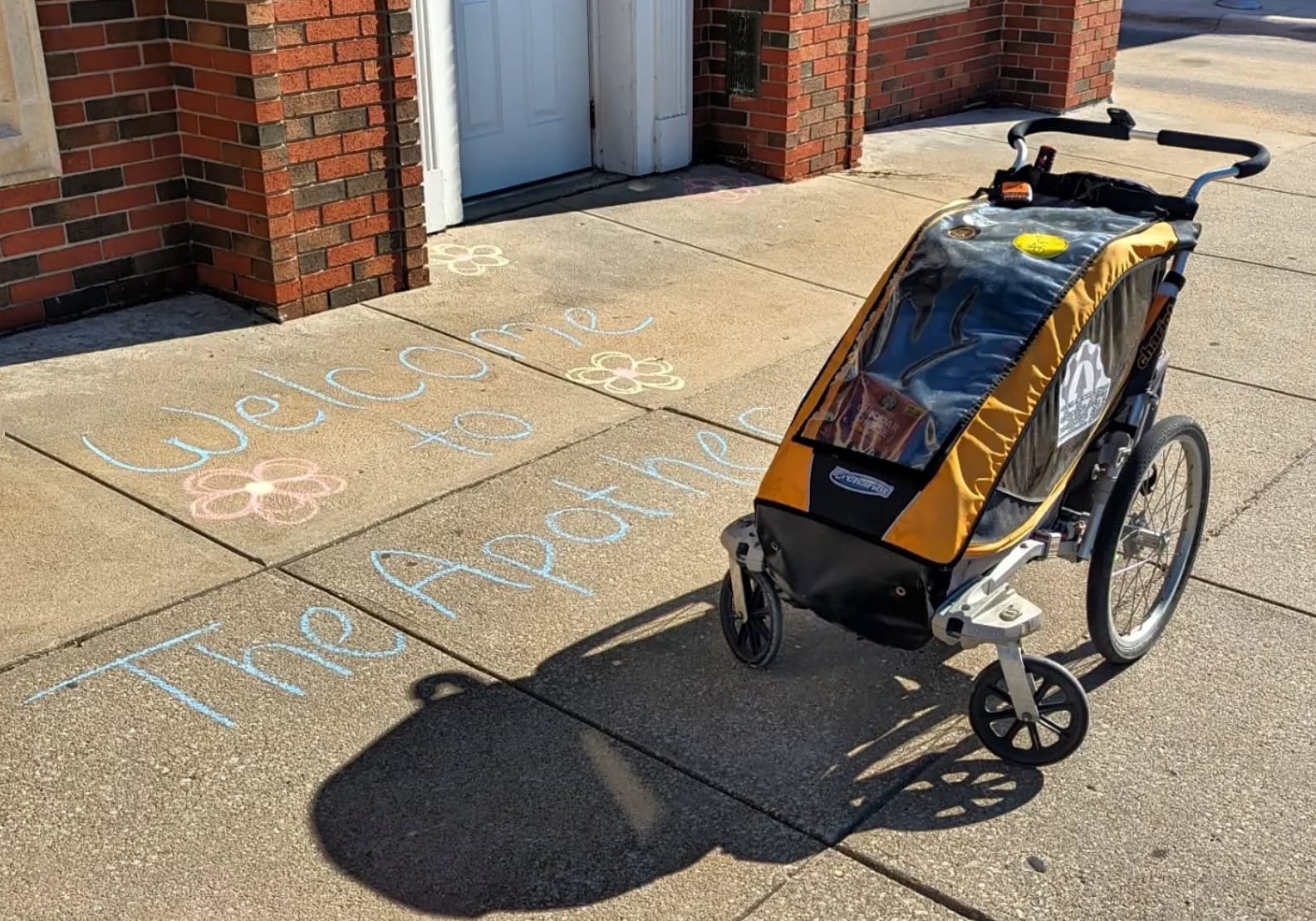
Three or four-wheeled jogger-style systems that you push in front of you. Think rugged baby stroller meets backpacking gear hauler. These offer better control on descents and superior maneuverability on technical terrain.
The magic? Both systems liberate your shoulders and transform that back-breaking load into manageable rolling resistance. Whether you pull or push, you're working with physics instead of against it. 🏋️♂️
But here's the thing about the ADT—it's beautifully, frustratingly diverse. What works on West Virginia roads might be illegal in Colorado's wilderness zones. Let me walk you through what I've learned from helping several ADT hikers navigate these decisions.
✅ Where Your Wheels Will Be Your Best Friend
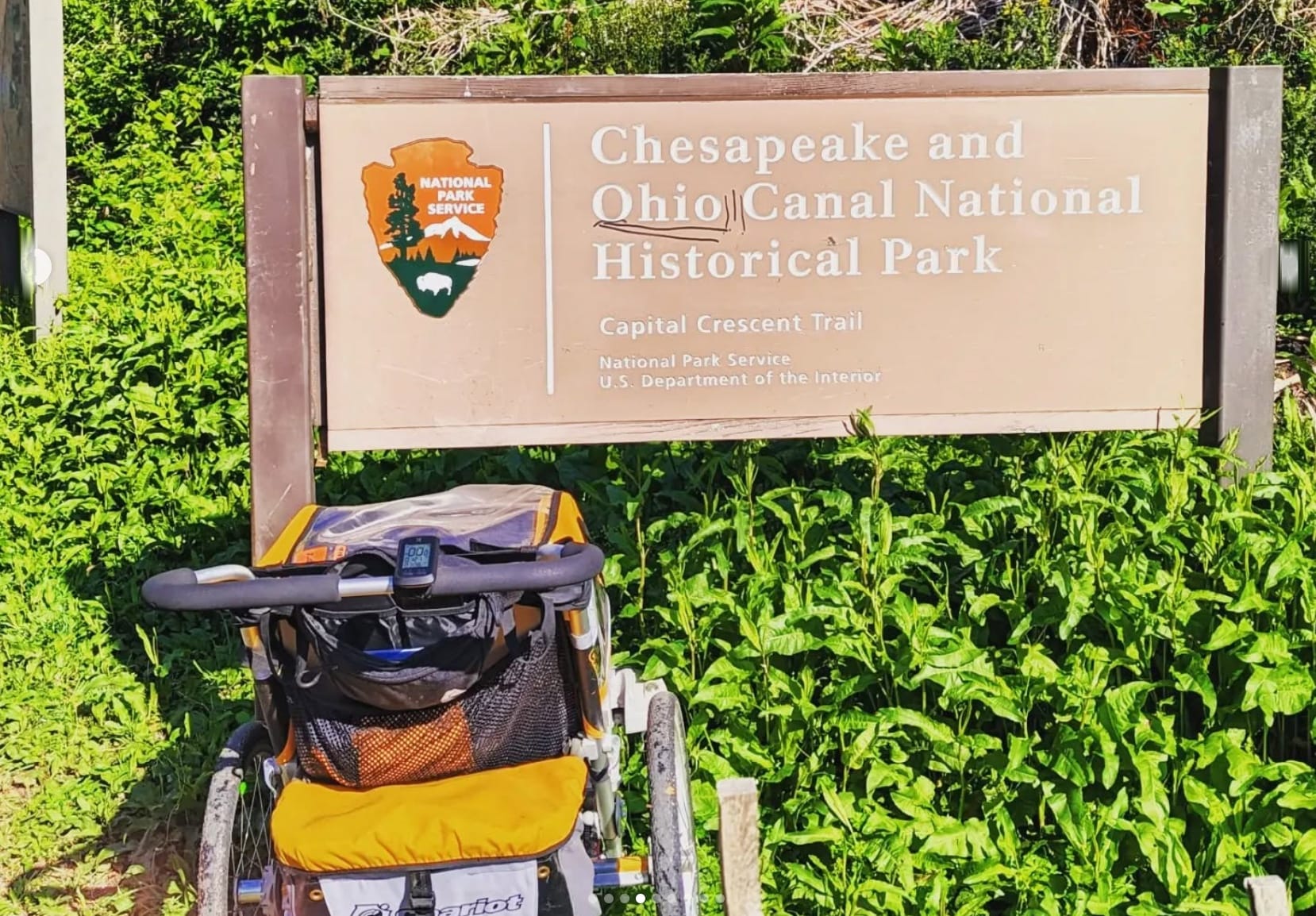
🚲 Rail Trails & Canal Towpaths: The Wheeled Highway
The ADT's crown jewels for any wheeled system! These converted railroad beds and historic towpaths offer:
- Maryland's Chesapeake & Ohio Canal Trail: Historic towpath that's ideal for wheeled travel
- Missouri's Katy Trail: 240 miles of crushed limestone perfection
- Indiana's Cardinal Greenway: Smooth, wide, and blissfully flat
- Iowa's Raccoon River Valley Trail: Perfect rail-trail surface through beautiful countryside
Hiker Notes: These sections, and may more, were literally built for wheels. Bikers share these spaces, so whether you're pulling a cart or pushing a stroller, you'll fit right in perfectly.
🏙️ Urban Passages: Rolling Through America's Cities
When the ADT weaves through Cincinnati's riverfront, Denver's bike paths, or Washington D.C.'s metropolitan trail network, both carts and strollers excel. You'll blend seamlessly with joggers pushing strollers and commuters on bikes.
Stroller advantage here: Better maneuverability around pedestrians, easier to stop quickly, and you can keep your gear visible and accessible in front of you.
Hiker Notes: Some of the ADT's most memorable moments happen in these urban corridors (have you seen the monuments in Washington D.C. at night?! 🥰 ) — and being able to carry extra camera gear or comfort items makes those city experiences richer.
🛤️ Agricultural Heartland: The Long Haul Sections
Nebraska. Kansas. Eastern Colorado. Miles and miles of country roads where your biggest challenge isn't terrain—it's mental endurance. Both wheel systems transform these marathon road-walking days from suffering into sustainable forward progress.
Cart vs. Stroller considerations:
- Carts: Better for consistent pulling rhythm on long, straight roads
- Strollers: Superior control when dealing with road camber, drainage ditches, or sudden shoulder changes
Hiker Notes: When you're facing 25+ mile days on asphalt, every pound matters. Wheels can be the difference between finishing strong and burning out.
🚫 Where Wheels Hit the Wall (Literally)
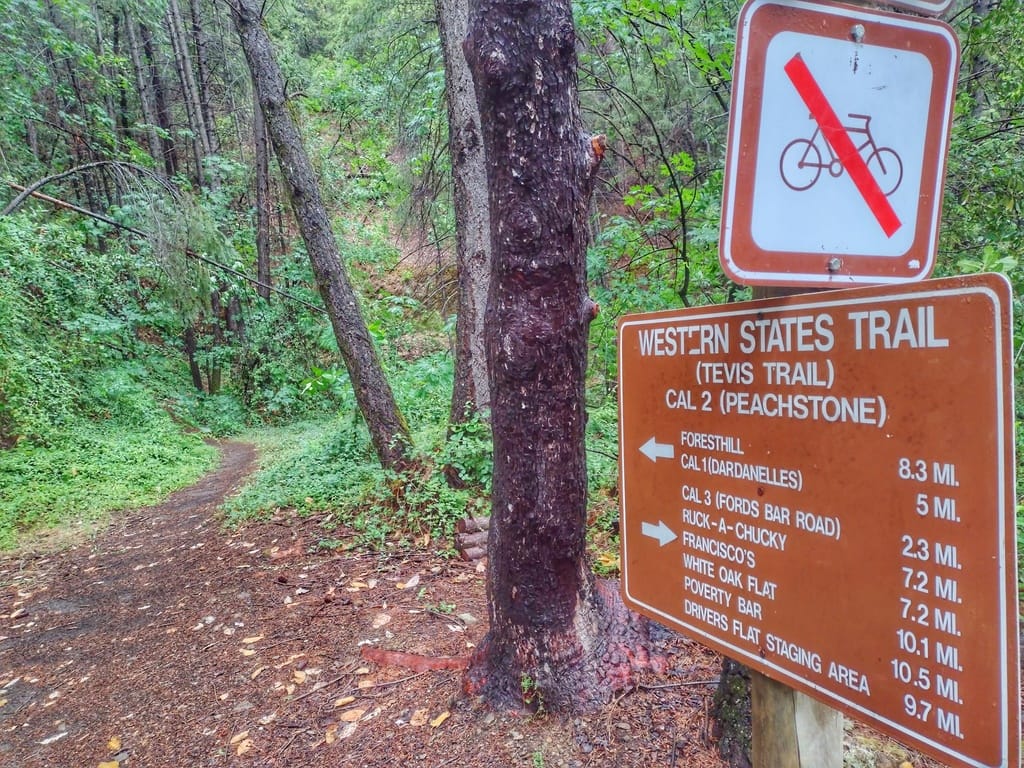
⛰️ Wilderness Areas: The Hard No
The Wilderness Act of 1964 is crystal clear—no mechanical transport, period. This applies to ALL wheeled systems: carts, strollers, even wheelbarrows. On the ADT, this means mandatory backpacking through, for example:
- West Virginia's Monongahela National Forest Backcountry
- Utah Wilderness areas
- Designated areas of Nevada's Humboldt-Toiyabe
Hiker Notes: These aren't suggestions—they're federal law. Rangers can (and do) issue citations. I always tell hikers to plan their gear transitions carefully.
🏜️ Desert Gauntlets: When Physics Fights Back
Utah and Nevada's ADT sections can be wheel killers:
- Deep sand that swallows wheels (especially smaller cart wheels)
- Rocky washes that'll destroy axles and bend frames
- Elevation changes that make any wheeled system feel like punishment
Stroller reality in the desert: While the larger wheels might handle sand slightly better, the increased width becomes a liability in narrow slot canyons and rocky passages.
Hiker Notes: Even where wheels are legal in desert sections, they often create more problems than they solve. Know when to fold 'em.
🌲 National Forest Roulette
Unlike wilderness areas, national forests are a patchwork of regulations. Some welcome non-motorized wheels on designated trails; others ban them entirely. Each ranger district sets its own rules.
Important note: Hiking strollers may face additional restrictions due to their width on single-track trails, even where carts might be allowed.
Hiker Notes: Always call ahead. What's legal in one area might be prohibited just across the border.
💡 Master-Level Wheeled Strategy for ADT Success
Choose Your Weapon Wisely
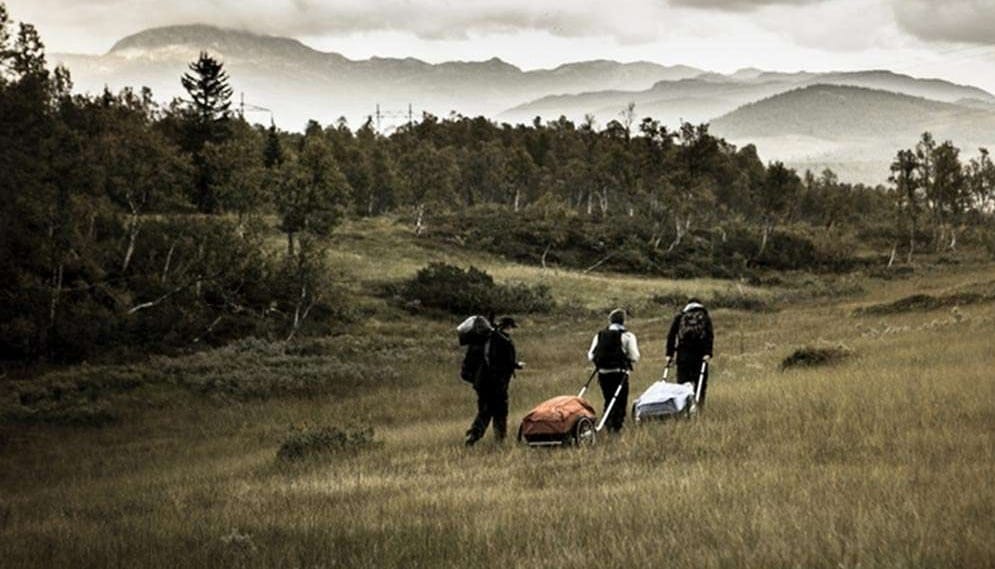
Cart benefits:
- Simpler mechanism, fewer parts to break
- Better for consistent rhythm on long, straight sections
- Usually lighter and more compact when broken down
- Lower profile, less wind resistance
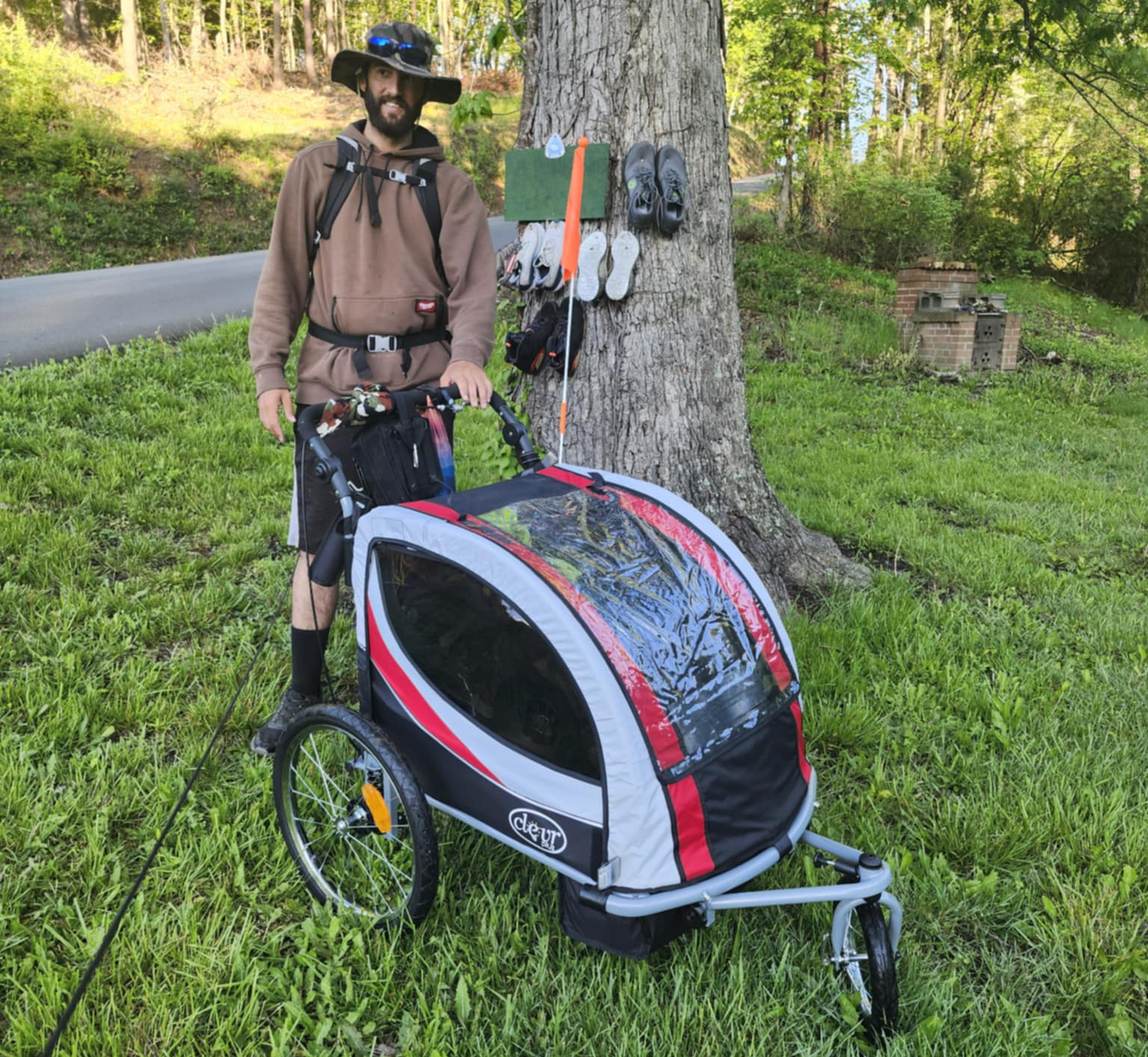
Stroller benefits:
- Superior control on descents and technical terrain
- Better maneuverability around obstacles and people
- Easier access to gear while moving
- More stable when stopped (parking brake!)
Test Everything, Everywhere
Don't trust your wheeled setup to figure itself out on the trail. Practice on hills, gravel, tight turns, and rough terrain near home. Know exactly how your system behaves before you're 500 miles from the nearest gear shop.
Cart-specific testing: Practice pulling uphill, downhill, and in crosswinds. Learn how your cart tracks behind you on turns.
Stroller-specific testing: Master pushing technique on various surfaces. Practice controlled descents and emergency stops.
Hiker Notes: What feels smooth on flat pavement can become an unwieldy nightmare on a 6% grade with crosswinds.
🧭 The Bottom Line: Can You Roll the ADT?
Yes—with smart planning and flexible execution.
The American Discovery Trail's incredible diversity is both gift and challenge. Wheeled systems—whether you prefer pulling a cart or pushing a stroller—can transform your experience on flatter, urban, and rail-trail sections from survival mode to actual enjoyment. But wilderness zones and desert sections will force you back to traditional backpacking, whether you like it or not.
The hybrid approach works: Roll where you can, pack where you must. The ADT rewards flexibility and punishes rigid thinking.
Got questions about specific ADT segments for wheeled travel? We're here to help you navigate every mile—wheels or no wheels! 🚛
Hike Your Hike - John.
📊 This Week's Summary
120 New Waypoints Added to Hiking America Database:
Hat-Tip - Rhiis & Sara, Steve Gefell, Suzan Brydon, Ray Reynosa, Greg James, and anonymous.
- Indiana-South: 72 waypoints (campsites, water, services, shelters, new trail angel)
- Kansas: 23 waypoints (benches, services, discoveries, camping)
- Colorado-South: 15 waypoints (navigation fixes, safety markers, services)
- Nebraska: 8 waypoints (services, contacts)
- Missouri: 2 waypoints (camping, contacts)
Categories covered: Campsites, water sources, restrooms, cafes, hazards, hidden gems, trail angels, and local contacts 📍
ADT In the News
